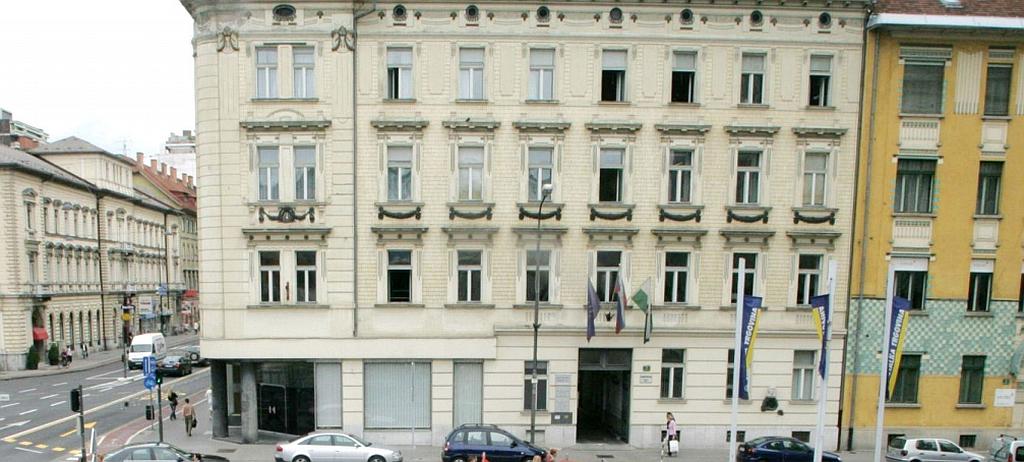
The year 1784 was an important milestone for the people of Ljubljana. That’s when the first hospital in the capital – and in the Slovenian heartland of Carniola – opened its doors.
For decades, monasteries provided heartcare for the ill. Appropriately, it was a former monastery on Ljubljana’s Ajdovščina Square that was transformed into a hospital on the orders of Emperor Joseph II. The Brothers of Mercy, a Catholic order, was designated to provide care.
The beginnings were humble; the hospital had just 12 beds when it opened. But things soon began to change. Two years later, a psychiatric department, still a novelty at the time, began to accept patients. A period of expansion followed. The hospital got its own pharmacy and, in 1808, its very own medical school.
A year later, Ljubljana was occupied by Napoleon’s forces and the military wanted to take over the hospital. The Brothers of Mercy refused to cooperate, so the French authorities confiscated the facility. After the French were defeated, the institution was taken over by the city and, eventually, by the regional government.
By the late 19th century, the hospital had six wards. Particularly under the leadership of Dr. Edo Šlajmer, its surgeons became famous beyond the Slovenian Lands. Šlajmer introduced modern surgical techniques, from anesthesia to an antiseptic operating environment, all of which were important advances for the time. Meanwhile, Catholic nuns cared for the patients’ well-being.
In 1895, however, a powerful earthquake struck Ljubljana. The hospital was evacuated and the patients rehoused in tents. It turned out that its building was so badly damaged that it had to be torn down. Fortunately, a more modern hospital was already under construction in a different location, and the first patients moved there within months.
Today, a plaque on a post-earthquake building on Ljubljana’s Ajdovščina Square recalls the location of the original hospital. But its legacy is also evident in another way: the Ljubljana Medical Center, which was the best-equipped hospital in the former Yugoslavia, and carries on the tradition begun more than two centuries ago.

































































